Kuih-muih
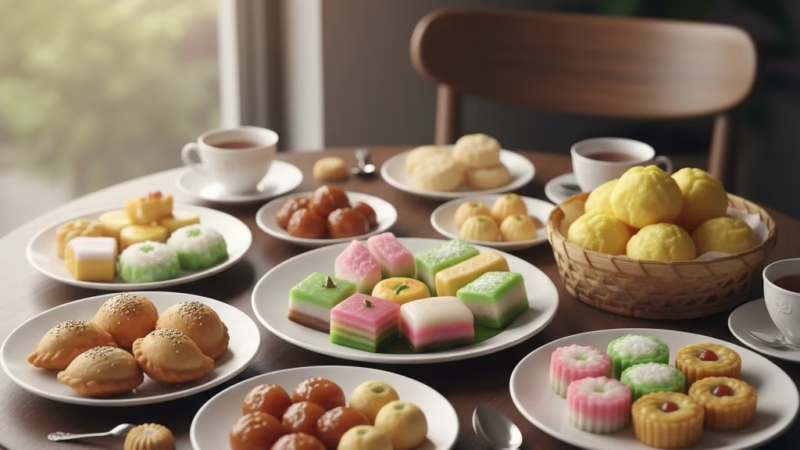
Malaysian Food
Kuih-muih – traditional Southeast Asian bite-sized snacks or desserts.
Origin
Predominantly Malaysia, Singapore, and Indonesia; rooted in Malay, Peranakan (Nyonya), and indigenous culinary traditions.
Category
Dessert / Snack / Tea-time treat.
Appearance
Small, colorful, often intricately shaped; can be layered, filled, or rolled; steamed, baked, or fried.
Ingredients
Rice flour, glutinous rice, coconut milk, palm sugar, pandan leaves, mung beans, tapioca, gula Melaka, fruits, or nuts depending on the type.
Preparation
Mixing batter or dough, shaping or layering, steaming, baking, or frying. Some types require fillings or rolled layers.
Equipment
Steamer, molds, mixing bowls, spatulas, baking trays, banana leaves (optional for wrapping).
Variations
- Kuih Lapis (layered cake)
- Kuih Seri Muka (glutinous rice with pandan custard)
- Onde-onde (rice balls with palm sugar filling)
- Kuih Ketayap (rolled pancakes with sweet coconut)
- Kuih Talam (layered sweet pudding)
Taste
Sweet, mildly savory in some types; rich coconut flavor; sometimes nutty or fragrant.
Texture
Soft, chewy, sticky, spongy, or slightly crisp depending on the variety.
Aroma
Coconutty, sweet, nutty, sometimes floral (from pandan).
Sound
Soft, subtle squish or gentle snap depending on texture.
Cultural Significance
Important in Malay and Peranakan culture; served during festivals, weddings, and religious ceremonies.
Symbolism
Represents tradition, heritage, and communal bonding; some types linked to specific celebrations.
Regional Cuisine
Found in Malaysia, Singapore, Indonesia, Brunei, and southern Thailand with local adaptations.
Social Context
Enjoyed with tea or coffee; sold in markets, bakeries, and street stalls; often homemade and shared during gatherings.
Nutritional Information
Mainly carbohydrate-based; moderate fat from coconut milk; contains some protein; sugar content varies.
Health Benefits
Provides energy; coconut milk contains MCTs (medium-chain triglycerides); moderation recommended due to sugar.
Dietary Restrictions
Some types gluten-free (rice or tapioca flour-based); vegan-friendly options exist.
Allergens
Coconut, eggs (in some types), nuts (in some recipes).
Cost
Generally affordable; prices vary with ingredients and preparation complexity.
Production
Can be handmade or mass-produced; authentic taste relies on traditional preparation methods.
Sustainability
Mostly natural ingredients; eco-friendly wrapping possible with banana leaves; packaging impacts footprint.
Availability
Widely available in Malaysia, Singapore, Indonesia; specialty stores abroad may carry them.
History
Centuries-old; evolved through Malay, Peranakan, and regional influences; recipes often passed down generations.
Anecdotes
Family recipes are often treasured; some kuih types historically used as temple offerings or festive gifts.
How to Prepare
- Choose the kuih type.
- Prepare ingredients (flours, coconut milk, sugar, pandan, fillings).
- Mix batter or dough.
- Shape, layer, or fill as required.
- Steam, bake, or fry.
- Cool before serving.
FAQ
Q: Are all kuih sweet?
A: No, some are savory or mildly salty.
Q: Can kuih be stored long-term?
A: Best fresh; some last a few days refrigerated.
Q: Is kuih-muih gluten-free?
A: Most traditional types are, but modern recipes may include wheat flour—check labels.


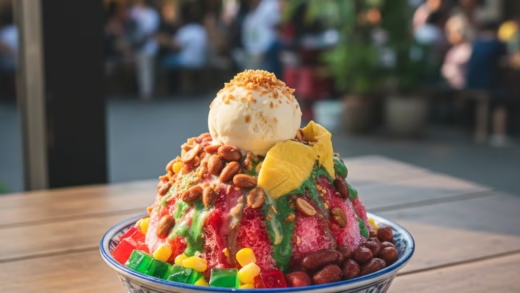



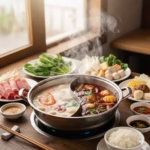
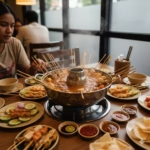
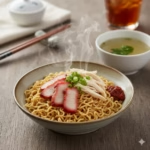

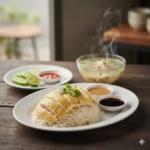
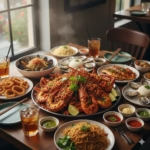
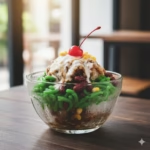


Comments are closed.